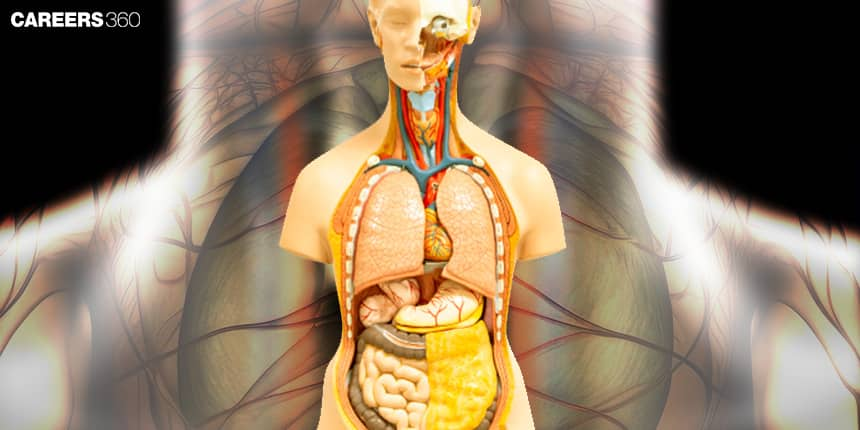Difference between Endocrine and Exocrine Glands: Examples & Types
There are differences in the structure and function of endocrine and exocrine glands, for which different functions are performed in the body. Endocrine glands do not have ducts and produce hormones, which are secreted into the bloodstream to regulate critical processes like metabolism, growth, stress response, and reproduction. Examples include the pituitary gland, thyroid gland, and adrenal glands, all of which play an important role in maintaining homeostasis. Ducts are used to excrete their secretions such as sweat, saliva, or digestive enzymes on the surface or in a cavity by exocrine glands. This is a topic from the Chemical Coordination and Integration chapter of Biology.
This Story also Contains
- What are Endocrine Glands?
- What are Exocrine Glands?
- Comparison of Endocrine and Exocrine Glands

What are Endocrine Glands?
These are ductless glands that produce and secrete hormones directly into the bloodstream. These hormones then travel via blood to various tissues and organs, regulating crucial body functions. The importance of endocrine glands cannot be overstated since they control processes such as growth, metabolism, stress responses, and reproduction. Some of the examples of endocrine glands include:
Pituitary gland: It is referred to as the "master gland" because it regulates other endocrine organs.
Thyroid gland: It regulates the metabolic rate and energy use.
Adrenal glands: They produce the secretion of cortisol and epinephrine to help the body respond to stress and metabolize nutrients.
Also Read
What are Exocrine Glands?
Exocrine glands are glands that produce their secretions through ducts to particular locations on the body surfaces or cavities. Such glands produce secretions like sweat, saliva, digestive enzymes, and mucus. Some of the examples of exocrine glands include:
Sweat glands: They secrete sweat to regulate body temperature.
Salivary glands: Secrete saliva to be utilized in digestion and oral cleaning.
Pancreas: Produces digestive enzymes released to the small intestine.
The most fundamental difference is in the manner in which these glands secrete their product. Endocrine glands directly secrete hormones into the blood without ducts. Exocrine glands use ducts to deliver their product to a specific location. The two types of glands, though important for body functioning, perform distinct functions in maintaining health and homeostasis.
Comparison of Endocrine and Exocrine Glands
Aspect | Endocrine Glands | Exocrine Glands |
Structure | Ductless release hormones directly into the bloodstream | Have ducts release secretions onto body surfaces or into body cavities |
Mode of Secretion | Hormones | Enzymes, sweat, saliva, etc. |
Target Area | Distant organs and tissues | Localised area |
Examples | Pituitary Gland: Master gland controlling other endocrine glands | Salivary Glands: Produce saliva to aid digestion |
Thyroid Gland: Regulates metabolism | Sweat Glands: Regulate body temperature | |
Adrenal Gland: Produces adrenaline and cortisol | Pancreas: Produces digestive enzymes |
Also Read
Recommended video on "Difference between Endocrine and Exocrine Glands"
Frequently Asked Questions (FAQs)
The difference between endocrine and exocrine glands is based on the pathway of secretion of their products: while the former directly release hormones into the circulatory system, the latter secrete their products into a duct directed toward the target area.
The exocrine glands are involved in digestion, regulation of temperature, and excretion of waste.
Hormones act by interaction with specific receptors on target cells. They regulate several activities that go on in the body, such as the process of growth, metabolism, and homeostasis.
The common disorders include diabetes mellitus, hypothyroidism, and Addison's disease.